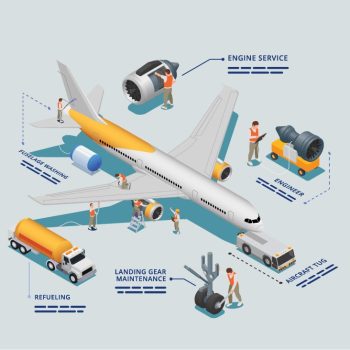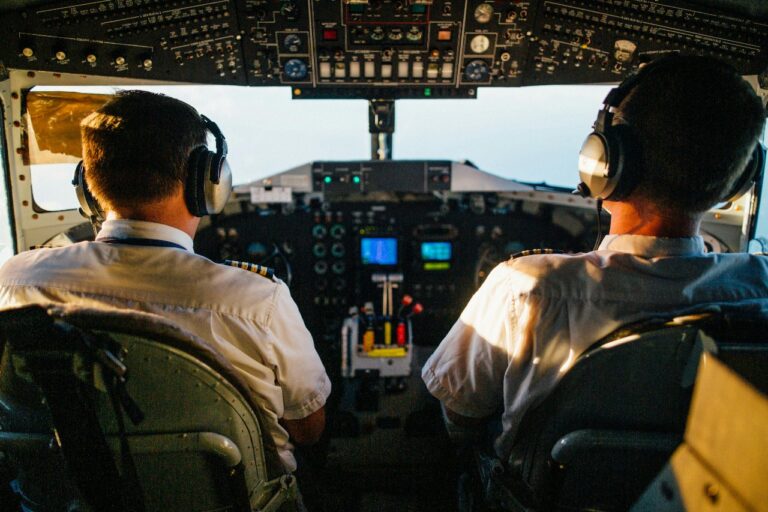
Copyright © 2023 Intersight Overseas Education.
Powered by UFS Technologies
Becoming a pilot is a dream for many, offering the thrill of flight and the promise of a rewarding career. Whether you’re aiming for a commercial pilot license or just curious about the private pilot license cost, this guide will navigate you through the essential steps and considerations for pilot training. Intersight Overseas Education provides expert guidance to help aspiring pilots choose the right training programs and institutions.
The sky truly is the limit for pilots! Whether you yearn for the bustling world of commercial aviation or the flexibility of freelance flying, there are numerous career paths to explore. With the right support from Intersight Overseas Education, your journey to the skies can be smooth and well-planned.
The first step for many aspiring pilots, the PPL allows you to fly privately and is often the foundation for further training.
For those looking to make flying a career, the CPL is essential. This license requires more extensive training and a higher number of flight hours
The highest level of pilot certification, required for captains of large commercial aircraft.


Requirements set by the Federal Aviation Administration.
Requirements set by the European Union Aviation Safety Agency.
Requirements set by Transport Canada Civil Aviation.
Intersight Overseas Education is a premier study-abroad consultancy in Kochi, Kerala, India. Benefit from our expert insights into prestigious foreign universities and their courses, ensuring you make well-informed choices for your academic future.
CC 29 / 1706 G, 2nd Floor,
NH Bypass, above Bread World, Thykoodam,
Vyttila, Kochi, Kerala 682019

Copyright © 2023 Intersight Overseas Education.
Powered by UFS Technologies